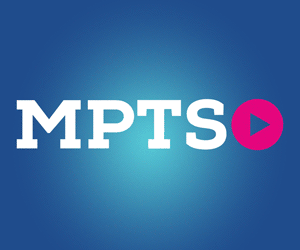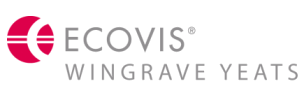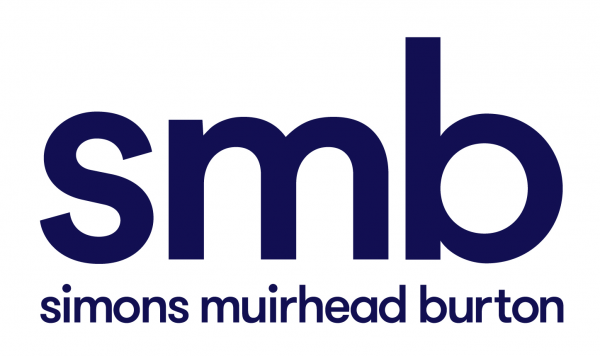According to the new Screen Business report released today, the UK’s Visual Effects (VFX) industry generates more than one billion pounds of added value for the UK economy. This shows VFX to be a vital component of the UK’s successful film, TV and advertising industries.
The UK contains the world’s most significant cluster of award-winning VFX companies. Whether it is visualising epic super-hero struggles in Guardians of the Galaxy; designing magical creatures for Fantastic Beasts; building vast alien landscapes for The Martian or convincing period drama environments for Florence Foster Jenkins, The Crown or Suffragette; or creating slick and compelling commercials, the UK’s talented VFX industry has a proven track record of delivering winning results. Framestore, DNEG, MPC, The Mill and Cinesite have long-standing reputations but the demand for VFX for High End TV drama has led to the growth of a new breed of highly agile boutique VFX houses such as Bluebolt, Union, One of Us and Milk.
Commissioned by the BFI and working with industry partners the British Film Commission, Pact, Pinewood Group, Ukie, Animation UK and the UK Screen Alliance, the “Screen Business” report from Olsberg SPI and Nordicity provides a comprehensive analysis of the economic impact of the UK screen sector tax reliefs for film, high-end television, video games, animation programmes and children’s television.
For the first time, the effect of the tax reliefs on the Visual Effects sector has been analysed. VFX, whilst not a direct recipient of its own tax relief, is a vital, creative element of the UK production value chain for film and TV. In 2014, the qualification thresholds for the tax reliefs were reduced from 25% to 10% and the cultural test was adjusted following a campaign by the UK Screen Alliance. These changes allowed more productions to access the tax relief for VFX and post-production work.
The report, which analyses data from 2016, reveals that VFX accounts for 13% of Film Tax Relief related spend, 6% of High-End TV Tax Relief expenditure and 1% of Animation Tax Relief spend. Taken together, the VFX spend on tax relief incentivised productions generates £773.9 million Gross Value Added (GVA) for the economy, after induced, indirect and spill-over effects in the value chain are factored in.
In addition, the report includes an assessment of the VFX spend from advertising production and other creative work such as immersive media, which is ineligible for tax relief and shows that this exceeds the spend on VFX for film production. Commercials VFX spend was £235.3 million compared to the film tax relief spend on VFX of £223.5 million and High-End TV spend of £50.6 million. Once the VFX spend on commercials is added to the tax relief related GVA, the total value of VFX to the UK economy is estimated at £1.043 billion pounds per year.
The report finds that the VFX industry directly employs 8,140 people but supports a total of 17,490 jobs in the extended value chain. The productivity of VFX workers is £81,257 of GVA per head which is £19,113 above the UK average.
“A billion pounds of value for the UK economy is an impressive milestone achievement for the VFX industry and this result completely justifies the reduction made in 2014 to the qualification threshold for tax relief that UK Screen Alliance campaigned for, which has allowed productions to qualify on the basis of VFX work alone.”
Neil Hatton, CEO of UK Screen Alliance
Hatton also considers the billion-pound figure to be a conservative estimate.
“We may already be significantly above a billion pounds already and not just because the industry has seen significant growth since the 2016 dateline for this report. The study shows the direct spend on VFX for commercials, but It was beyond the remit of this study to model the wider impact of VFX spend in advertising through increasing brand value and boosting sales of the advertised products and services. We will need further research to quantify that value which is likely to be a large figure.”
Neil Hatton, CEO of UK Screen Alliance

Lucy Ainsworth-Taylor. MD to BlueBolt VFX which started nine years ago as a 25-person VFX company, and has now employs 90 people comments that:
“The tax breaks for film & HETV have meant massive growth for us and many more VFX companies are now operating due to this opportunity. VFX has become an essential element of the filmmaking process; we are all keeping up with demand and the tax reliefs give us the confidence to grow further.”
Lucy Ainsworth-Taylor, BlueBolt MD

“We have noticed a sharp increase in demand for our services from high end TV and SVOD clients who are benefitting from the tax break and finishing projects in the UK, enjoying the world class skills we have in the UK in VFX and post-production.”
Will Cohen, CEO Milk VFX









